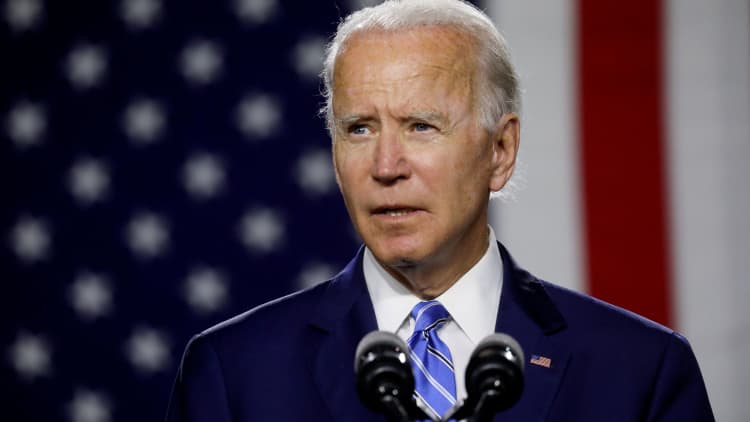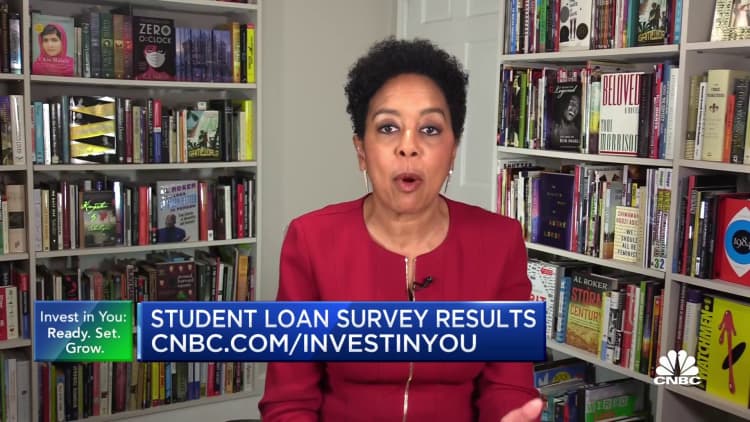Nearly 1 million fewer students have enrolled in college since the beginning of the pandemic.
Between the sky-high costs and hefty the student loan debt, would-be freshmen are struggling to see the value in a degree. At the same time, more companies are hiring workers straight out of high school, amid an ongoing labor shortage.
Nationwide, fewer students went back to school again this year, dragging undergraduate enrollment down another 3.1% from last year, according to a recent report by the National Student Clearinghouse Research Center based on data from colleges.
The number of undergraduates in college is now down 5.1% compared to two years ago — a loss of 938,000 students, the report found.
More from Personal Finance:
What to be wary of before taking on private student loans
Here are options if you aren't eligible for Navient's settlement
Companies raise perks to repay employees' student loans
Community colleges, which usually see an influx of students during economic downturns, have been particularly hard hit by enrollment declines.
Even though community college is significantly less expensive, fewer students enrolled when Covid's financial impact was at its worst.
Community college students likely are older, lower-income and often balancing work, children and other obligations, and they are also disproportionately students of color — all groups the pandemic hit especially hard.

Initially, congressional Democrats' Build Back Better Act included a provision to make community college tuition-free for two years — a move President Joe Biden and first lady Jill Biden have been advocating since the campaign trail — but the legislation hit a wall after Sen. Joe Manchin, D-W.V., said he would not vote for it.
"Free community college is no longer part of that package," the first lady said at the Community College National Legislative Summit Monday.
"We knew this wasn't going to be easy," she added. "I was disappointed."
Federal student loan forgiveness was also left out of the Build Back Better agenda.
A spokesperson for the White House said the president continues to explore what debt relief actions can be taken administratively.
In the meantime, Biden has extended the payment pause for student loan borrowers that has been in effect since March 2020. Payments are expected to restart in May.

On the upside, more students who enroll in college stay on to complete their degrees.
Now about 42% of students who start at a two-year school finish the program in six years, the National Student Clearinghouse Research Center found, an uptick from previous classes.
In comparison, 69% of students who matriculated at a four-year public university complete their degree within six years. The rate jumps to 78% for those who started at four-year private schools.
"This broad measure of performance for higher education as a nationwide system, including transfers among two- and four-year schools of all kinds, shows long-term improvements for students and colleges alike," said Doug Shapiro, the executive director of the National Student Clearinghouse Research Center.


